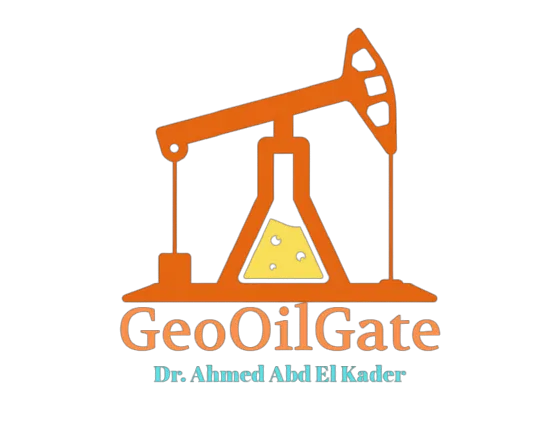Preamble Stratigraphy is the science of understanding the variations in the successively layered character of Rocks and their composition. These Rocks may be sedimentary, volcanic, metamorphic or igneous. The layering of sedimentary Rocks is expressed as sets of simple to complex sedimentary geometries, and a wide variety of different sedimentary facies. Sequence stratigraphy, a branch of...
Sedimentary Rock Diagrams
Clastic sedimentary rocks, other than limestone, may be classified on the basis of their mix of grain sizes, as specified by the Wentworth scale. Diagrams show how sedimentary rocks are formed and the materials that created them. Conglomerate, Sandstone, and Mudstone Sedimentary Rock Classification Diagrams. This diagram is used to...
Sedimentary Rocks
Sedimentary rocks are one of three main types of rocks, along with igneous and metamorphic. They are formed on or near the Earth’s surface from the compression of ocean sediments or other processes. An example of a sedimentary rock, which is, by definition, composed of many, smaller rocks. PHOTO COURTESY OF...
CBL/VDL Logging For Good Cement
Cement Evaluation with Ultrasonic and CBL/VDL Combination showing Microcannulas. Figure shows responses from the ultrasonic and CBL Cement bond log /VDL logs run in a well-cemented with a 12 lbm/gal cement. The logs were run at two wellhead pressures: zero and 2000 psi. The cement bond index at these pressures...
LWD geoVISION (Logging-While-Drilling geoVISION)
The Logging-While-Drilling-geoVISION (LWD-geoVISION) tool makes later log resistivity measurements. As a formation evaluation tool, its application is limited to conductive muds. It may be run in several configurations and provides up to five resistivity measurements. The geoVISION contains a scintillation gamma-ray detector which supplies a total gamma-ray measurement. An azimuthal...
Structural Growth Fault
Growth fault Figure 1 Sketch showing a well-developed growth fault and accompanying structures. Figure 2 Sketch showing evolution stages of three growth faults. The black arrow shows the direction of evolution. Growth faults are syndepositional or synsedimentary extensional faults that initiate and evolve at the margins of continental plates. They extend...
Structural Fault in theme
Hydraulic stimulation to enhance energy extraction from geothermal and unconventional resources is typically accompanied by seismicity because injection changes pore pressures and temperatures, facilitating slippage of fractures and faults. Induced seismicity carries potential risk if events are large enough to damage infrastructure. The uncertainty invariably associated with the state of stress...
Marine Geology
NGU delivers marine maps that cover a wide range of themes. Although NGU's marine maps focus on geological seabed conditions, the maps are available in several formats and their interface has been tailored to various user groups. The maps are viewable through an online interface, which allows for downloading of...
GEOPHYSICS
GEOPHYSICS Geophysics is the study of Earth's physical properties and the physical processes that influence the Earth. Geophysical surveys provide us knowledge about the Earth and information on natural resources and the environmental conditions. As well as mapping, geophysicists at NGU measure and interpret the Earth's magnetic field, gravitational field,...
STRUCTURAL GEOLOGY
STRUCTURAL GEOLOGY Structural geology is a subdiscipline of geology that studies how rocks deform in response to the stresses that act within the Earth. Rocks and their forming minerals accommodate the stresses acting upon them and keep a record thereof by developing at times truly spectacular geological structures, such as...





